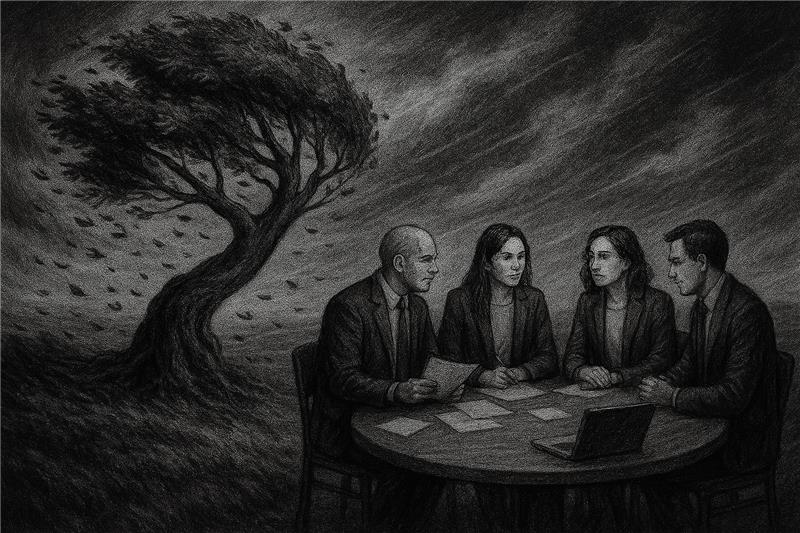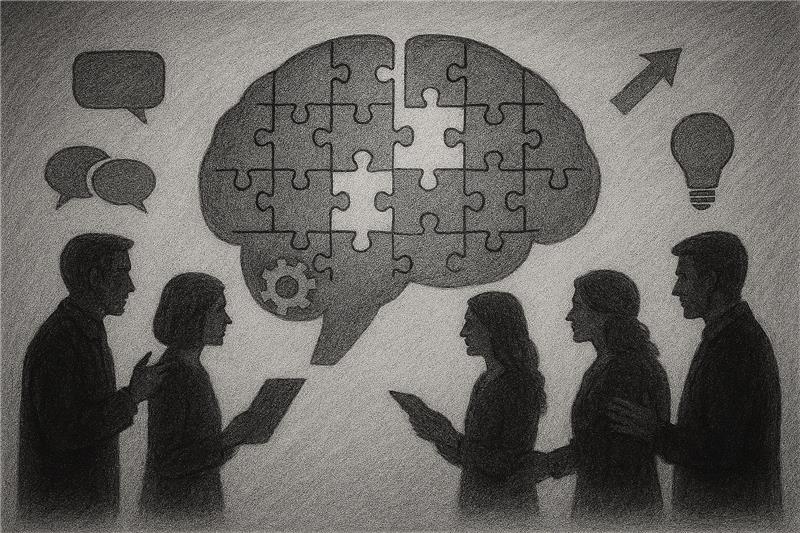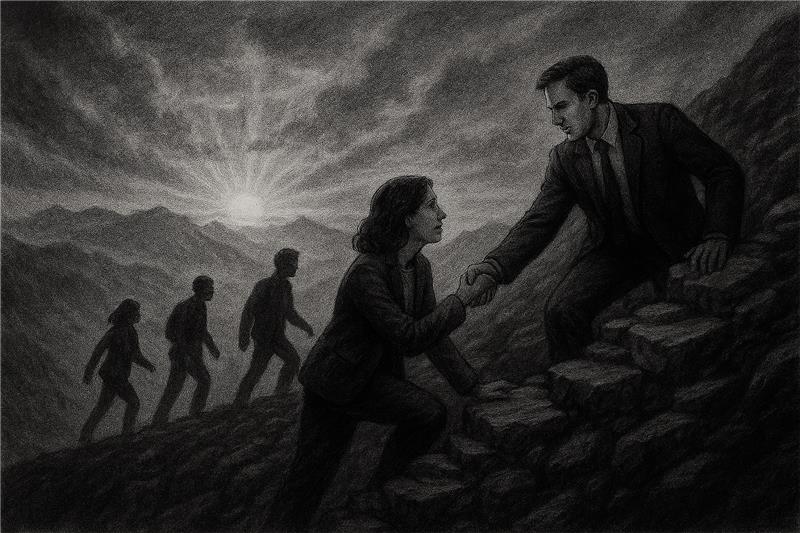Change has always been part of business. But never has it been this constant, this accelerated, or this exhausting.
Digital transformation, restructuring, cost optimisation, AI integration, hybrid models, new markets, new tools – change has become the new normal. Yet beneath the slogans of agility and reinvention lies a quieter crisis: change fatigue. Teams are tired. Leaders are stretched thin. Employees are adapting faster than ever before, but with diminishing reserves of energy and trust.
A 2023 Gartner study found that employees’ ability to absorb change has dropped by nearly half since 2019. And in India, HR leaders report that “transformation overload” is one of the top three drivers of employee burnout in hybrid workplaces. What was once called “resistance to change” is now often sheer exhaustion.
So how can organisations keep pace with transformation without wearing down their people? The answer lies not in slowing change, but in building the capabilities to handle it – across leadership, individuals, and the talent ecosystem.
Leadership: Creating Safety Amid Speed

Leaders often face the impossible task of delivering transformation while keeping morale intact. But the paradox is clear: the faster they push, the more resistance they risk creating.
Change fatigue isn’t about laziness – it’s about overload. Employees don’t resist change itself; they resist the way it is rolled out. When initiatives overlap, communication is inconsistent, and priorities shift too often, people lose both energy and belief.
Leaders can counter this not by slowing down change, but by pacing it intelligently. Sequencing initiatives, aligning them to purpose, and clarifying the “why” behind every shift can restore energy. When people understand how a transformation connects to something meaningful, they engage differently.
Research by McKinsey shows that transformation success rates jump from 30% to over 70% when employees feel a sense of purpose and clarity. This insight underlines a simple truth: clarity itself is a capability.
Leadership also benefits from building personal change capacity – the ability to stay calm, adaptive, and centred amid flux. Leaders who invest in self-regulation, coaching, and capability development are better able to hold space for others. In many organisations, leadership programs are now integrating modules on emotional agility, narrative leadership, and energy management – all critical to steering teams through chronic transformation.
Because change doesn’t just test strategy; it tests stamina.
Organisations and Individuals: Building Resilience Through Capability

If leadership sets the tone, the organisation creates the climate.
Change resilience isn’t the absence of fatigue – it’s the ability to recover from it. The most future-ready organisations are those that consciously build what psychologists call adaptive capacity – systems that flex rather than fracture.
At an organisational level, this means building capabilities that help people absorb and respond to change: communication that is transparent, decision-making that is participative, and structures that encourage experimentation rather than perfection. Each of these is a capability, not a campaign.
For individuals, capability building means strengthening both mindset and method. It’s not enough to “cope with” change – people need the tools to navigate it. Many organisations are now integrating microlearning on resilience, scenario planning, and cognitive flexibility into their development journeys. Small interventions – reflective check-ins, peer learning, or mental reset days – can build the collective muscle for renewal.
A Deloitte India pulse study in 2024 found that teams that invested in learning sprints and peer coaching during transformation projects reported 20% higher engagement and significantly lower attrition. When employees feel equipped to handle change, they don’t burn out – they step up.
Change resilience, then, is not a mood. It’s a capability that can be built, practised, and sustained.
Talent and HR: Making Change a Capability, Not a Crisis

For HR and talent leaders, the challenge is no longer how to “manage” change but how to embed it into the organisation’s DNA.
That begins with redefining what capability building looks like. Instead of stand-alone workshops on “coping with change,” organisations can weave change readiness into leadership programs, onboarding, performance dialogues, and culture narratives.
HR teams can help leaders and employees alike develop three interlocking capabilities:
· Sensemaking – the ability to interpret signals and connect the dots amid uncertainty.
· Emotional agility – staying composed and curious when old patterns are disrupted.
· Collaborative adaptability – learning and unlearning in teams, not isolation.
Progressive companies are now tracking change readiness as a measurable capability – just like digital literacy or problem-solving. Learning systems are being designed not just to upskill, but to re-skill for resilience.
When change becomes part of everyday learning rather than an episodic shock, fatigue transforms into flow. Talent development can play a pivotal role in that shift – by treating every transformation not as a disruption to learning, but as the curriculum itself.
A New Definition of Change Leadership

The challenge today isn’t about managing a single change. It’s about leading through continuous change without losing trust, energy, or purpose.
Leaders can build environments where change feels safe, not threatening. Organisations can create rhythms that balance intensity with recovery. Individuals can develop mindsets that interpret change as growth, not chaos. And talent teams can institutionalise adaptability as a core capability.
Because the organisations that will thrive in this decade are not those that manage change well once – but those that build the capabilities to do it again and again.


